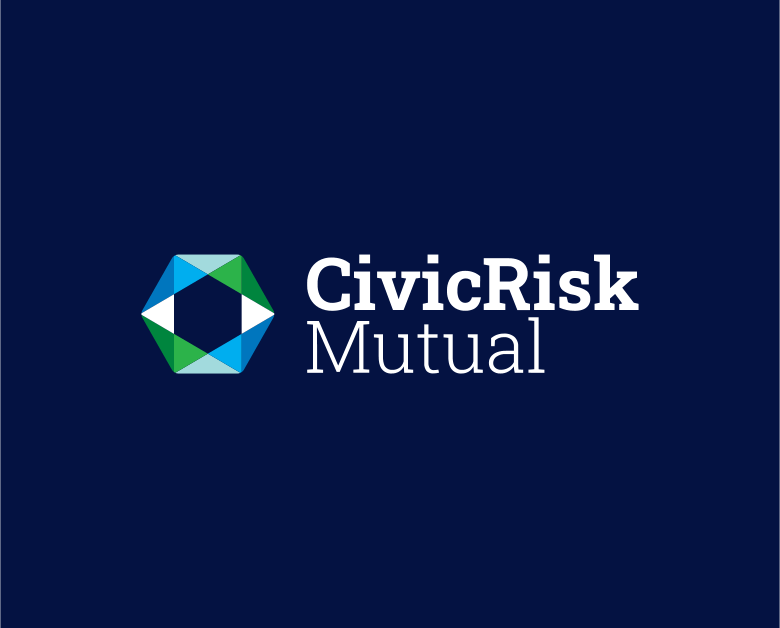Public safety is a cornerstone of vibrant, resilient communities. From parks and playgrounds to town streets, local councils play a pivotal role in ensuring that public spaces are resolute and welcoming.
As stewards of these environments, councils must proactively mitigate risks and foster a sense of security across diverse communities.
In this guide, we’ll explore actionable steps that councils can take to improve the safety of public spaces, helping them remain accessible and secure for everyone.
Strategies to Enhance Public Safety
In New South Wales, the number of motor vehicle theft victims rose by an alarming 18% between 2022 and 2023. A further 36% of robberies over the same period occurred on public streets or footpaths. These statistics underscore a need for local councils to implement proactive and reactive measures to create safer public environments. Here’s how councils can get started:
Conduct a Comprehensive Risk Assessment
Start with a detailed assessment of potential safety risks. Identify areas prone to hazards, such as poorly lit pathways, damaged playground equipment or isolated spots that could attract criminal activities. A thorough risk assessment prioritises safety improvements and sets the stage for more targeted interventions.
Implement Crime Prevention Through Environmental Design (CPTED)
Crime Prevention Through Environmental Design is a strategic approach that involves designing public spaces to naturally deter criminal behaviour. CPTED principles include:
- Creating clear sightlines.
- Eliminating blind spots.
- Building shared facilities that encourage monitoring.
By integrating these elements into urban planning, you can nurture environments that promote safety and reduce the likelihood of criminal activity.
Foster a Sense of Community Ownership
A well-used public space is inherently safer. Encourage residents to take ownership of their surroundings by organising community events, enhancing social cohesion and promoting positive uses of public areas. When people feel connected to a space, they are more likely to look out for one another and report issues.
These foundational strategies provide a solid base for more specific actions councils can take to enhance public safety. Let’s delve into these in detail.
Ensure Regular Inspections and Maintenance
While maintaining public spaces undoubtedly improves their aesthetic appeal, safety should always be the primary objective. Regular inspections and timely maintenance are instrumental in preventing minor issues from escalating into hazards.
Establish a routine inspection schedule that covers all aspects of public spaces, including:
- Playground equipment.
- Footpaths.
- Seating areas.
- Lighting.
Document each inspection, and when hazards are identified, take quick action to address them. This could range from fixing a broken swing to repairing cracked pavements or replacing burnt-out lightbulbs. Prompt attention to these issues helps prevent accidents and demonstrates the council’s commitment to public safety.
Overgrown vegetation is another potential hazard that can obscure sightlines and create hiding spots. Regular trimming and maintenance of trees, shrubs and grass keep natural areas attractive and secure. Well-maintained vegetation also helps mitigate the impacts of environmental hazards during severe weather events.


Keep Areas Open and Well-Lit
Public safety becomes strengthened in open and well-lit spaces. Luminous areas are less likely to attract criminal activity and clear sightlines increase feelings of security. Install adequate lighting in walkways, car parks and entrances to public facilities.
Energy-efficient options, like LED lights, provide consistent illumination and are cost-effective. In areas that aren’t often used, motion-activated lighting is an economical solution. Open designs that promote light spread are particularly effective in creating safer public spaces.
Encourage Active Community Involvement
The community plays a pivotal role in maintaining the safety of public areas. Engaged and informed residents are more likely to report concerns and contribute to the overall well-being of their environment.
Providing easy and accessible channels for reporting, such as a dedicated phone line or an online platform, encourages residents to share any potential safety concerns missed in regular inspections. Awareness campaigns can also educate and empower residents to actively participate in their community’s safety. These campaigns might include tips on personal safety, the importance of reporting hazards and information about how to get involved in community watch programs.
Organising regular events in public spaces, like local markets or open-air concerts, can foster community connection. When people feel connected to their surroundings, they are more likely to promote safety and upkeep of those spaces.
Inform the Public
Clear communication is necessary to ensure residents understand current safety measures and how they can contribute to maintaining them. Install clear and visible signs in public spaces such as parks and playgrounds. These signs should be easy to access and include information like:
- How to report hazards.
- Emergency contact numbers.
- Guidelines for safely using the space.
- Upcoming community events.
- Recent updates or changes to the area.
- Ongoing maintenance work.
Strategically placed information boards at entrances and exits keep residents in the know about local initiatives. Digital communications, including local radio announcements, website noticeboards and social media campaigns, are also effective tools for keeping the community updated on public safety.
Partner With Local Police
Collaborate with local police to increase surveillance in public spaces, particularly in areas known for criminal activity. This might include regular patrols and installing CCTV cameras or mobile surveillance units.
Councils can also work with police to develop joint safety initiatives, such as community policing programs or neighbourhood watch schemes. These initiatives build trust between the community and law enforcement, creating a more holistic approach to public safety.
As part of a risk mitigation strategy, establish a crisis management plan with local police, outlining procedures for responding to emergencies in public spaces. A clear framework reduces response times and ensures everyone knows their role in an emergency.
CivicRisk Mutual: Creating Thriving Communities Through Enhanced Public Safety
Improving the safety of public spaces is an ongoing process, requiring collaboration and community involvement. A safe space is a thriving space and with the right approach, councils can ensure that their communities continue flourishing.
CivicRisk Mutual members can access tips and resources on community safety and risk management through our online Member Portal, as well as specialised training for community resilience initiatives. For further support in enhancing the safety of your public spaces, feel free to reach out to our team.


